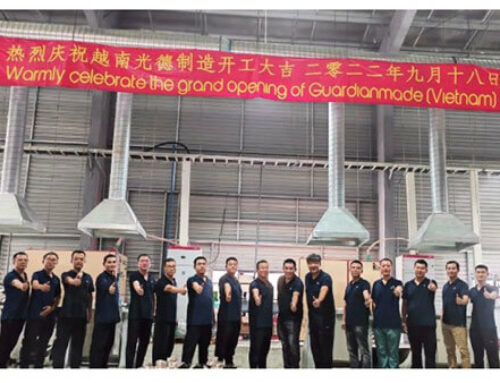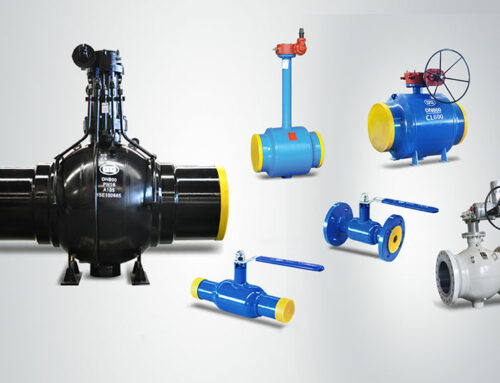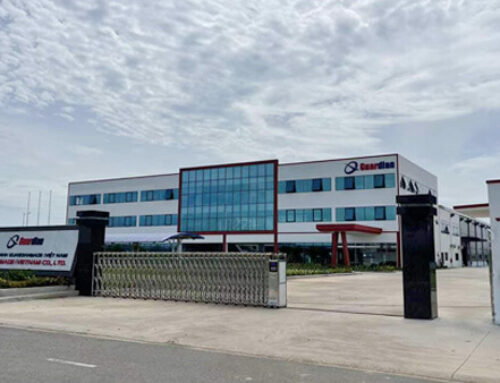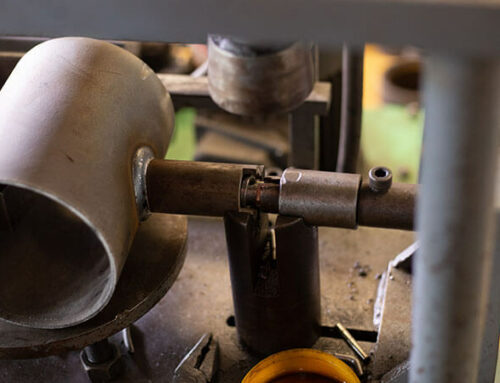The casting of valve body is an important part of its manufacturing process. The quality of castings determines the quality of the valves. Here are several casting process methods commonly used in the valve industry:
Sand mold casting is one of the popular methods in the valve industry. According to the different binders used, it can also be divided into: wet sand casting, dry sand casting, sodium silicate sand casting and furan resin self-hardening sand casting, etc.
- Wet sand casting is a molding process using bentonite as a binder.
- Dry sand casting is a molding process using clay as a binder, and a little bentonite can improve its wet strength.
- Sodium silicate sand casting is a molding process using sodium silicate as a binder.
- Furan resin self-hardening sand molding is a casting process with furan resin as a binder. At room temperature, the binder is chemically reacted under the action of a curing agent to solidify the sand.
In recent years, valve manufacturers have paid more and more attention to the appearance quality and dimensional accuracy of the castings. Because a good appearance is the basic requirement of the market, and it is also the positioning benchmark for the first machining process.
The most commonly used precision casting method in the valve industry is investment casting, which is briefly introduced as follows:
Two Process Methods of Investment Casting
① Using low-temperature wax-based mold material (stearic acid + paraffin), low pressure wax injection, water glass shell, hot water dewaxing, atmospheric melting pouring process, mainly used for carbon steel and low alloy steel castings with general quality requirements. The dimensional accuracy of castings can reach the national standard CT 7~9.
② Using medium temperature resin base mold material, high pressure wax injection, silica sol mold shell, steam dewaxing, rapid atmosphere or vacuum melting casting process. The dimensional accuracy of the casting can reach CT 4~6.
Features of Investment Casting
The casting has high dimensional accuracy, smooth surface and good appearance quality.
It can cast parts with complex structures and shapes that are difficult to be processed by other methods.
The casting materials are not limited to various alloy materials, such as carbon steel, stainless steel, alloy steel, aluminum alloy, high temperature alloy, and precious metals, especially those alloy materials which are difficult to be forged, welded and cut.
Good production flexibility and strong adaptability. It can be used for mass production, and also suitable for single or small batch production.
Investment casting also has certain limitations, such as cumbersome process flow and long production cycle. Due to the limited casting technology available, the pressure-bearing capacity of thin-shell valve casting can not be very high.
Analysis of Casting Defects
Any castings could get defects inside and the existence of these defects will bring great hidden dangers to the inherent quality of the castings. We can use welding repairs to eliminate these defects while it will also bring a great burden to the production process. In particular, as a thin-shell casting that bears pressure and temperature, the internal structure of the valve is very important.
Therefore, the internal defects of castings become a decisive factor affecting the quality of castings.
The internal defects of valve castings mainly include porosity, slag inclusions, shrinkage porosity and cracks, etc.
- Porosity: It’s caused by gas during casting, and generated inside or near the casting surface. The shape is mostly round or oblong with smooth surface.
- Shrinkage cavity/porosity: it is a continuous or incoherent circular or irregular cavity that is generated inside the casting, especially in its hot joint. It get rough inner surface, dark color, large metal grains, mostly dendritic crystals, and gathered in one or more places. It’s easy to lead leakage during hydraulic test.
- Sand inclusion: It is commonly known as sand holes, the incoherent round or irregular holes inside the casting. The holes are mixed with molding sand or steel slag with irregular size, and gathered in one or more places, often in the upper part.
- Cracks: Most of the cracks in castings are hot cracks with irregular shapes, penetrating or non-penetrating, continuous or intermittent. And the metal at the cracks is dark color or has surface oxidation.
By analyzing the causes of the above defects, we can find the existing problems, and take corresponding improvement measures to solve the casting defects, which is conducive to the improvement of casting quality.





